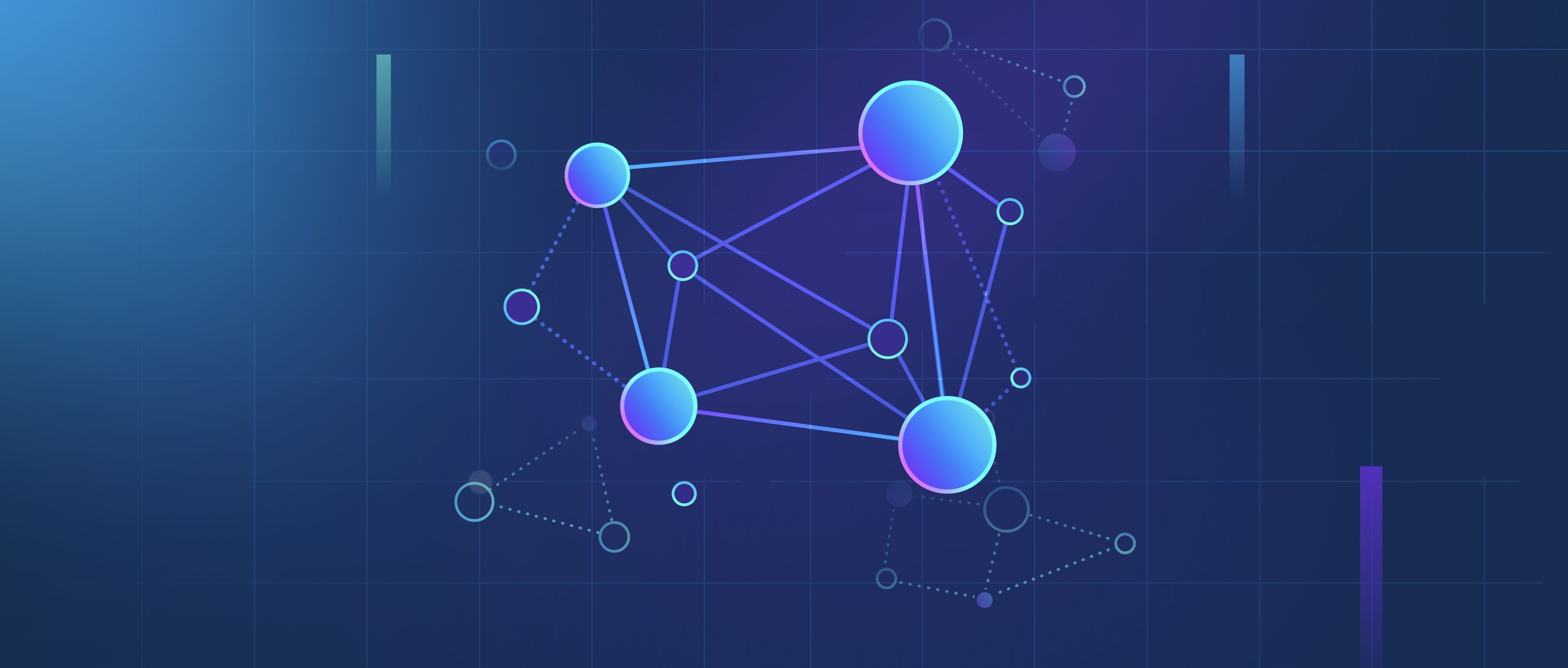To assess the coherence and fluency of answers from a RAG (Retrieval-Augmented Generation) system beyond factual accuracy, focus on evaluating the logical structure, readability, and naturalness of the generated text. Coherence refers to how well ideas connect and flow within the response, while fluency measures grammatical correctness and ease of understanding. These aspects can be evaluated using a mix of automated metrics, human judgment, and structured analysis.
First, human evaluation remains a critical method. Ask reviewers to rate responses on criteria like logical progression, clarity of ideas, and absence of contradictions. For example, evaluators can check if the answer introduces concepts in a sensible order (e.g., defining terms before discussing their implications) or if abrupt topic shifts occur. Fluency can be assessed by noting awkward phrasing, grammatical errors, or unnatural word choices. Comparative evaluation—ranking multiple RAG outputs side by side—can highlight strengths and weaknesses. However, human evaluation is time-consuming and subjective, so combining it with automated tools ensures scalability and consistency.
Second, use automated metrics tailored for text quality. Metrics like BERTScore or BLEURT compare generated text to reference answers using semantic similarity, which indirectly reflects coherence by measuring alignment with well-structured examples. For fluency, perplexity (how "surprised" a language model is by the text) can flag unnatural phrasing. Tools like LanguageTool or grammar-checking APIs detect syntax errors. Additionally, discourse coherence metrics (e.g., Coherence-BERT) analyze sentence transitions and topic consistency. For example, a RAG answer that jumps between unrelated points would score poorly in cohesion analysis.
Finally, analyze structural patterns. Break the response into sentences or paragraphs and assess transitions (e.g., "however," "in addition") and pronoun references (e.g., ensuring "it" clearly refers to a prior noun). Tools like spaCy or CoreNLP can parse dependencies to identify fragmented or run-on sentences. For instance, a response that repeatedly switches subjects without explanation lacks coherence, while one with consistent terminology and logical connectors (e.g., "therefore," "firstly") demonstrates better flow. Combining these methods provides a comprehensive view of how naturally and logically the RAG system communicates ideas.
